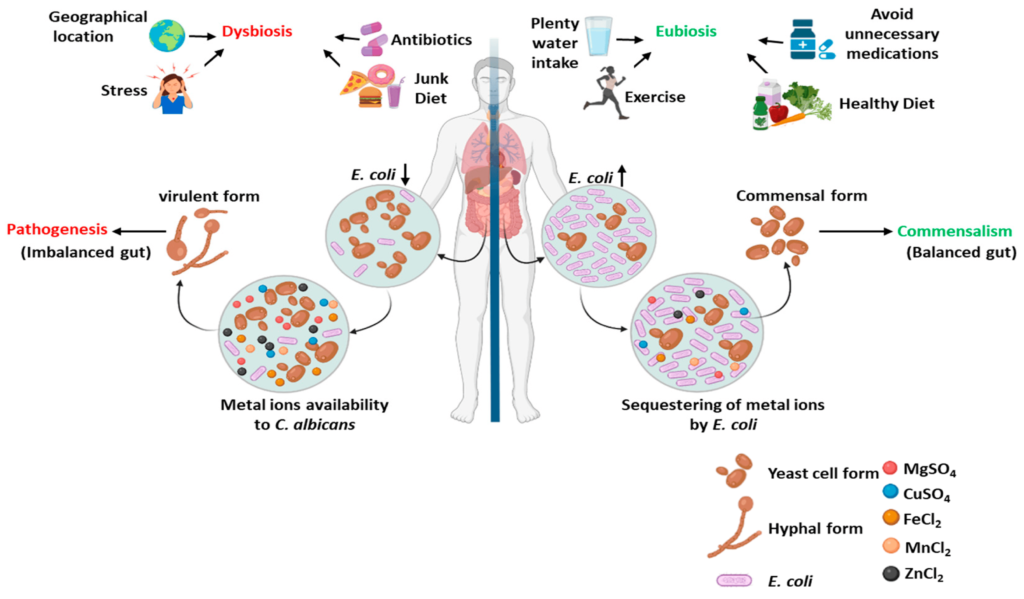Types of Microorganisms
Microorganisms are tiny living organisms that can only be seen with the aid of a microscope. They are categorized into several groups:

- Bacteria
- Description: Single-celled organisms without a nucleus (prokaryotes).
- Examples: Escherichia coli, Staphylococcus aureus.
- Diseases: Tuberculosis, strep throat, urinary tract infections.
- Viruses
- Description: Tiny infectious agents that require a host cell to replicate.
- Examples: Influenza virus, HIV, SARS-CoV-2.
- Diseases: Influenza, AIDS, COVID-19.
- Fungi
- Description: Eukaryotic organisms that can be single-celled (yeasts) or multicellular (molds and mushrooms).
- Examples: Candida albicans, Aspergillus species.
- Diseases: Thrush, athlete’s foot, aspergillosis.
- Protozoa
- Description: Single-celled eukaryotes that can be free-living or parasitic.
- Examples: Plasmodium species, Giardia lamblia.
- Diseases: Malaria, giardiasis.
- Helminths
- Description: Parasitic worms that can live inside the human body.
- Examples: Ascaris lumbricoides, Taenia solium.
- Diseases: Ascariasis, tapeworm infections.
- Prions
- Description: Infectious proteins that cause abnormal folding of normal cellular proteins.
- Examples: Creutzfeldt-Jakob disease (CJD), Bovine spongiform encephalopathy (BSE).
- Diseases: CJD, mad cow disease.
Infection Control Measures
Effective infection control measures are essential to prevent the spread of infectious diseases. These measures include:
- Hand Hygiene
- Methods: Regular handwashing with soap and water, or using alcohol-based hand sanitizers.
- Importance: Reduces the transmission of pathogens.
- Personal Protective Equipment (PPE)
- Types: Gloves, masks, gowns, face shields.
- Usage: Protects healthcare workers and patients from exposure to infectious agents.
- Sterilization and Disinfection
- Sterilization: Complete elimination of all microorganisms using methods like autoclaving.
- Disinfection: Reduction of harmful microorganisms to safe levels using chemical disinfectants.
- Isolation Precautions
- Types: Standard precautions, contact precautions, droplet precautions, airborne precautions.
- Application: Based on the mode of transmission of the infectious agent.
- Vaccination
- Purpose: Stimulates the immune system to protect against specific infections.
- Examples: Vaccines for influenza, measles, hepatitis B.
- Environmental Cleaning
- Practices: Regular cleaning and disinfection of surfaces and medical equipment.
- Objective: Reduces the risk of environmental transmission of pathogens.
- Antimicrobial Stewardship
- Goal: Optimize the use of antibiotics and other antimicrobial agents to combat resistance.
- Strategies: Appropriate selection, dosing, and duration of antimicrobial therapy.
- Education and Training
- Target Audience: Healthcare workers, patients, and the public.
- Content: Information on infection control practices and the importance of adherence.